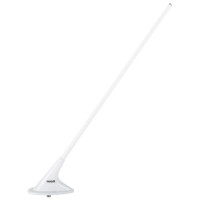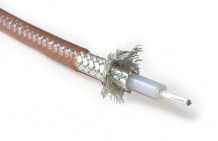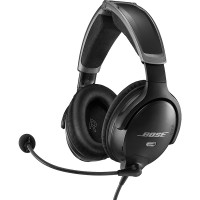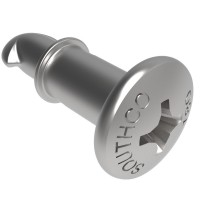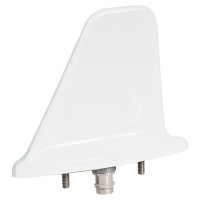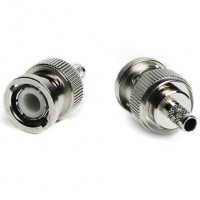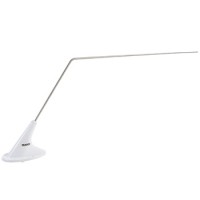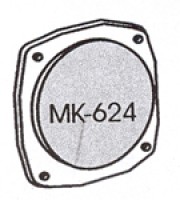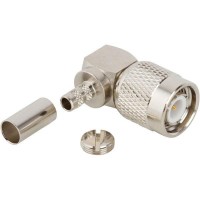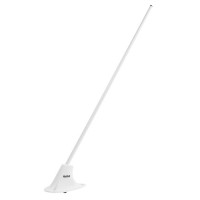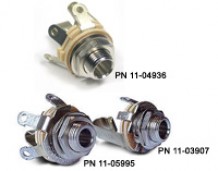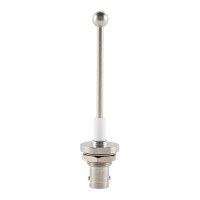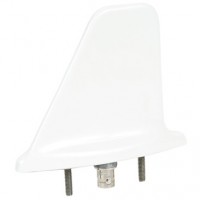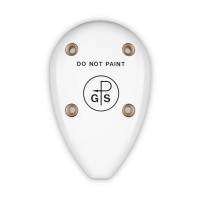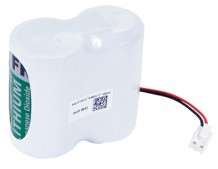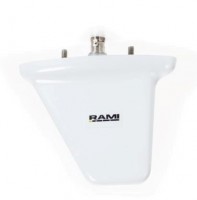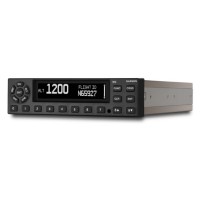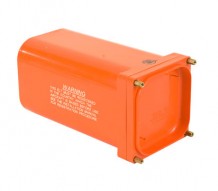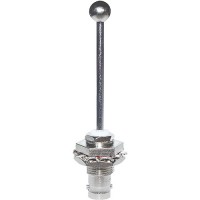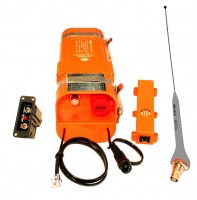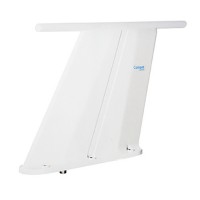THE AVIATION SUPERSTORE FOR ALL YOUR AIRCRAFT & PILOT NEEDS | 877-4-SPRUCE
Comant ADS-B Antenna Ci 105-17-L
$632.00/Each
Part# 11-15574
MFR Model# CI-105-17-L
MFR Model# CI-105-17-L
Overview
|
ADS-B UAT TIS-B ANTENNA/TNC Female Connector, 960 MHz-1220 MHz and 1030-1090 MHz and 978 MHz, 50 Ohms, Six Hole Mount, White. The CI-105-17L broadband antenna is designed for DME or transponder use and covers frequencies from 960 MHz to 1,220 MHz. It has a TNC female connector, a six hole mount and a 50 ohm resistance. This antenna assembly is encased in a glass reinforced polyester molded shell. This antenna can be used on single and twin engine piston aircraft for applications requiring this antenna design. Ideal for upcoming ADS-B FAA mandate, this is the only antenna of its kind, capable of both IN and OUT processing. Single connector blade antenna that can be used for ADS-B, TIS-B, UAT, DME or ATCRBS Transponder, plus Mode S. Unlike competitive models, the CI 105-17-L utilizes standard 6-hole mounting pattern. |
WARNING: Cancer and Reproductive Harm - www.P65Warnings.ca.gov. |
Specifications
| Electrical | |
| Frequency | 960 MHz to 1220 MHz 1030 MHz to 1090 MHz 978 MHz 1090 ± 1 MHz |
| VSWR | 2.0:1 MAX 1.5:1 MAX 1.7:1 MAX 1.5:1 MAX |
| Return Loss | 9.54 dB MAX -13.98 dB MAX -11.73 dB -13.98 dB MAX |
| Polarization | Vertical |
| Radiation Pattern | Omni-Directional |
| Impedance RF | 50 Ohms |
| Power RF | 1 KW Peak |
| Mechanical | |
| Weight | 0.3 lbs |
| Connector | TNC Female |
| Finish | Polyurethane White Paint |
| TSO-C66c, 960-1215 MHz TSO-C74d, Class A, 1030-1090 MHz TSO-C112e, 1030-1090 MHz TSO-C154c, Class A3, 978 MHz TSO-C166b, Class A, B, 1090 ± 1 MHz RTCA/DO-160G, ENV. CAT.: [F2X]A CE[R(C,C1)H(R)U2(F,F1)S(L)]XSFSXSXXXX[XXX][XX]X[XXXXXX][XX]AXX | |
| A10540 Installation Instructions Supplied with Antenna | |
Documents
Q&A
Please note, Aircraft Spruce's personnel are not certified aircraft mechanics and can only provide general support and ideas, which should not be relied upon or implemented in lieu of consulting an A&P or other qualified technician. Aircraft Spruce assumes no responsibility or liability for any issue or problem which may arise from any repair, modification or other work done from this knowledge base. Any product eligibility information provided here is based on general application guides and we recommend always referring to your specific aircraft parts manual, the parts manufacturer or consulting with a qualified mechanic.


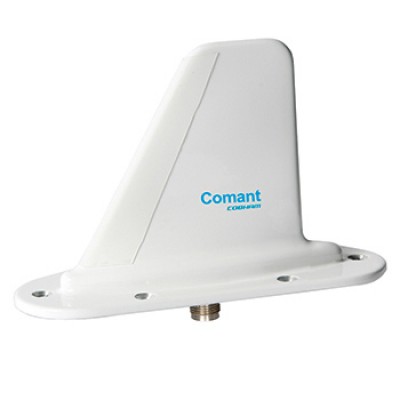





 FREE Shipping
FREE Shipping
